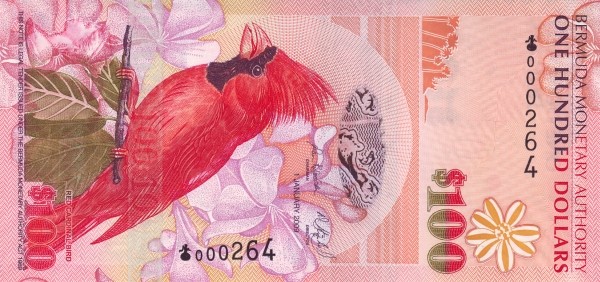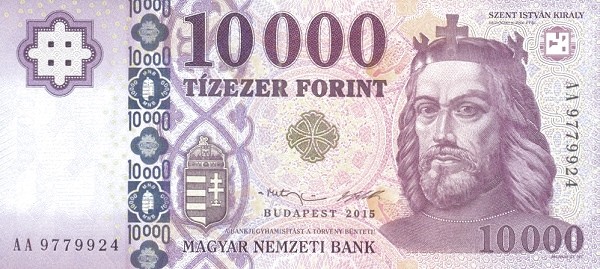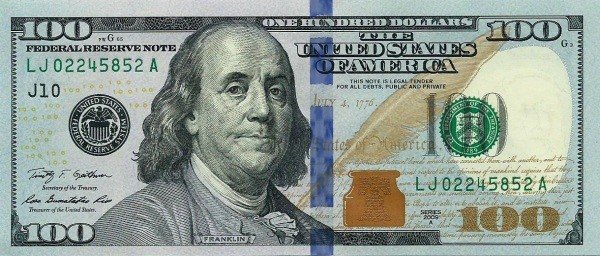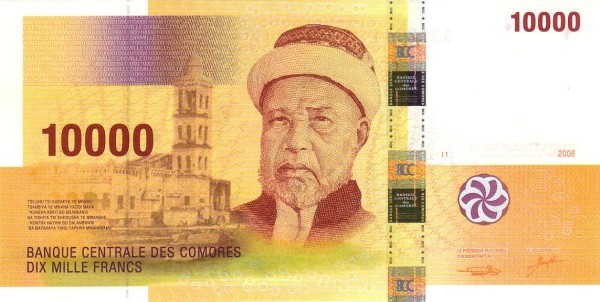Basotho Loti
Basotho Loti
"Basotho Loti" is the official currency of Lesotho, a landlocked country in Southern Africa. It is denoted by the symbol L and is divided into 100 lisente. The Basotho Loti has been the currency of Lesotho since 1980 when it replaced the South African Rand.
As a formal currency, the Basotho Loti plays a crucial role in Lesotho's economy. It is widely accepted and used for everyday transactions, including buying goods and services, paying bills, and conducting business activities. The currency's stability and value are maintained by the Central Bank of Lesotho, which regulates its circulation and ensures its integrity.
The Basotho Loti's exchange rate is determined by various factors, including economic conditions, supply and demand, and market forces. It is often pegged to the South African Rand, which means that the value of 1 Basotho Loti is equivalent to a certain amount of Rand. This pegging arrangement helps stabilize the currency and promotes economic cooperation between Lesotho and South Africa.
In conclusion, the Basotho Loti is an important symbol of Lesotho's sovereignty and economic independence. It serves as a medium of exchange, unit of account, and store of value for the Basotho people. With its distinctive design and rich history, the Basotho Loti represents the strength and resilience of Lesotho's economy.
Below is the related paper currencies in Basotho Loti.
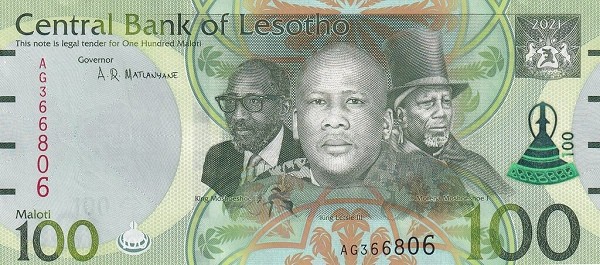
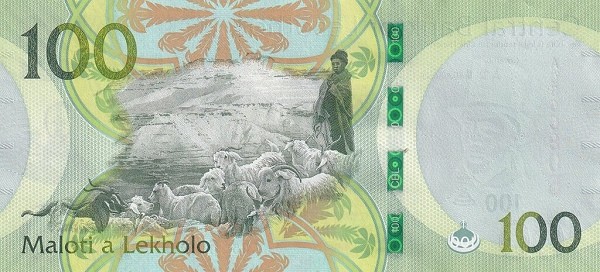
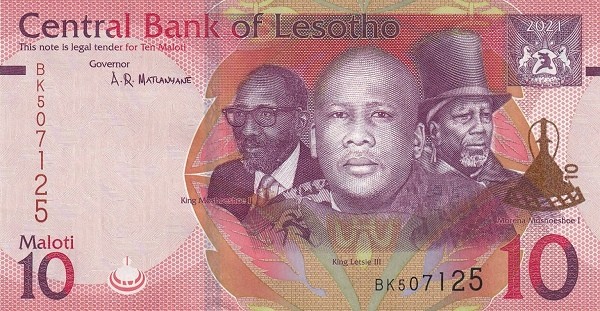
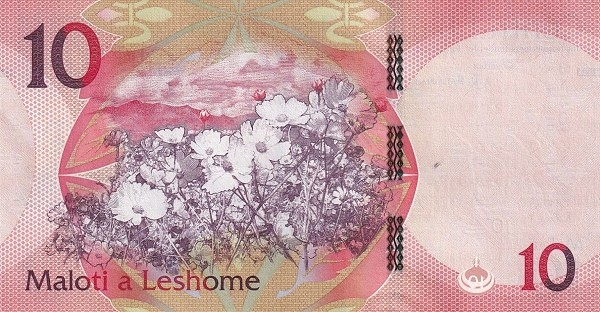
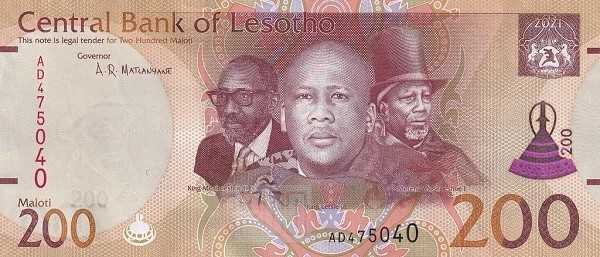
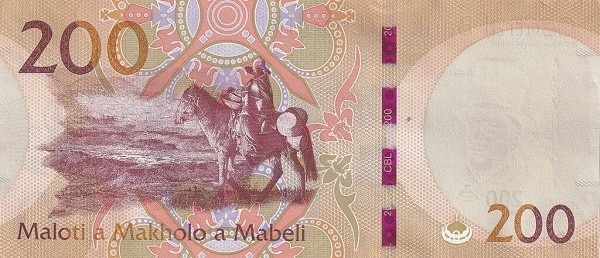
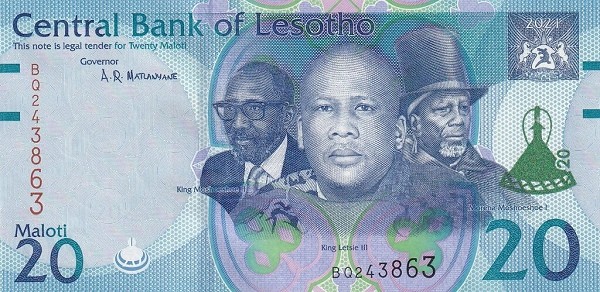
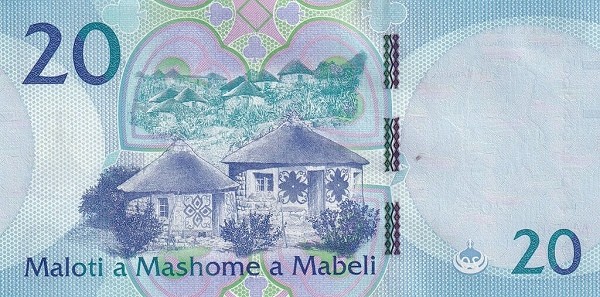
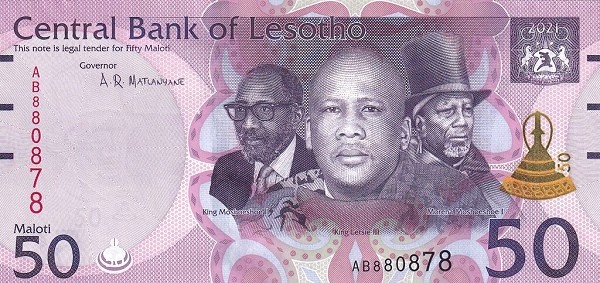
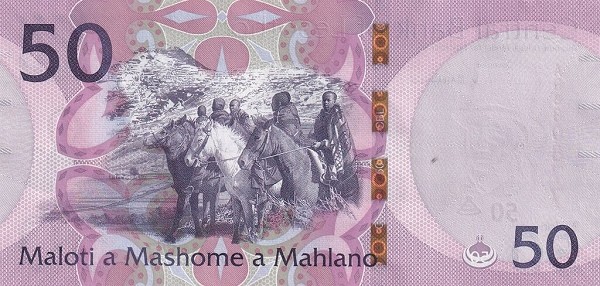
Bermudian Dollar
Bermudian Dollar2009BMD1002009BMD102009BMD202009BMD22009BMD502009BMD5
Hungarian Forint
Hungarian Forint2015HUF100002018HUF10002017HUF200002016HUF20002017HUF50002018HUF500
US Dollar
The US Dollar is the currency of the United States of America and several other countries and territories. It is also the most widely used currency in international trade and finance, and the main reserve currency of the world. Here is a brief introduction of the US Dollar:The US Dollar was
Comorian Franc
The Comorian Franc is the official currency of the Comoros, a small island nation located in the Indian Ocean. It was introduced in 1981 to replace the French Franc, which had been in use since the country's colonial period. The currency is issued by the Central Bank of the Comoros and is available in both paper and coin form. The exchange rate of the Comorian Franc is determined by market forces and is subject to fluctuations. While the currency has faced some challenges in the past, such





